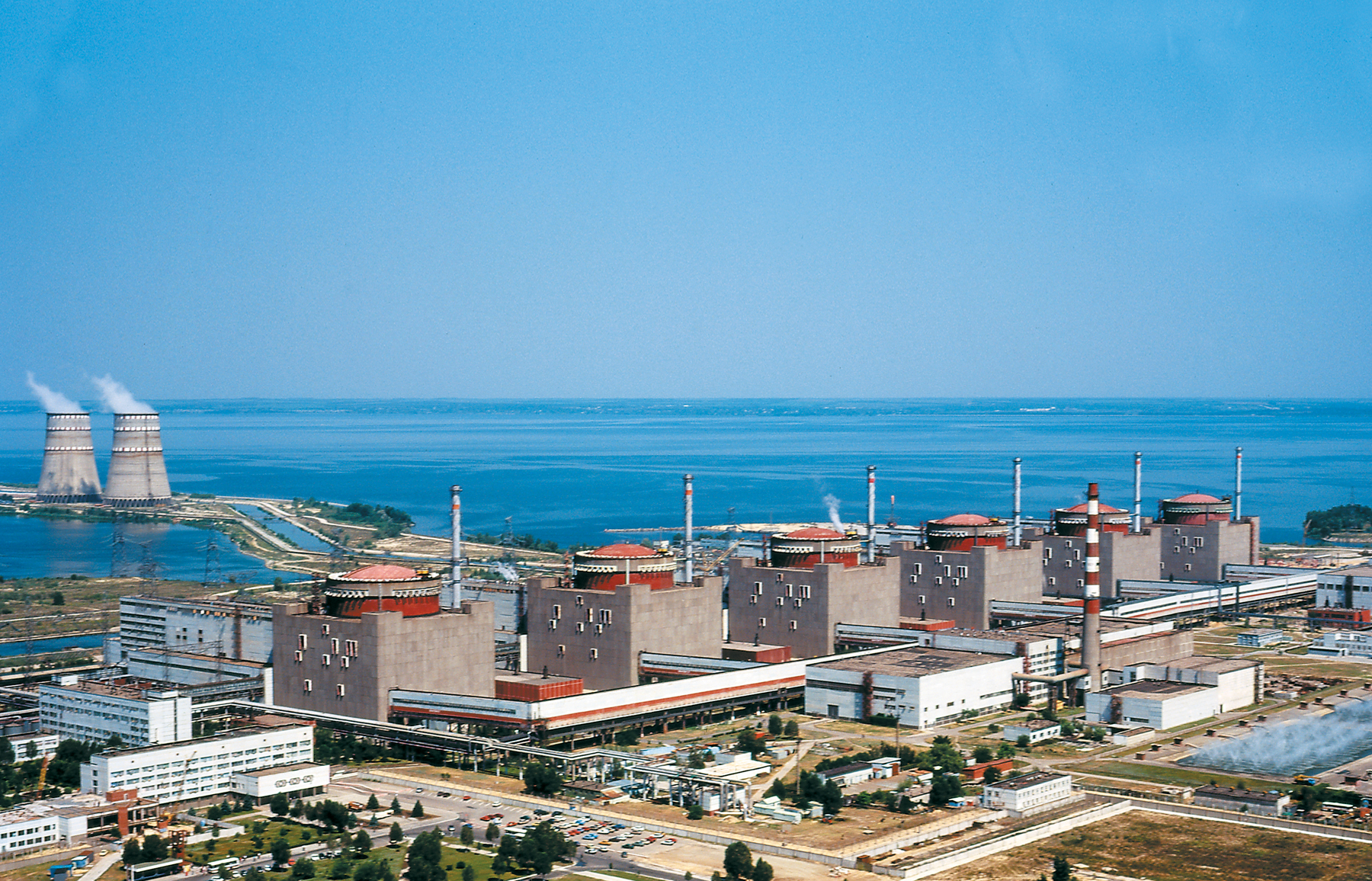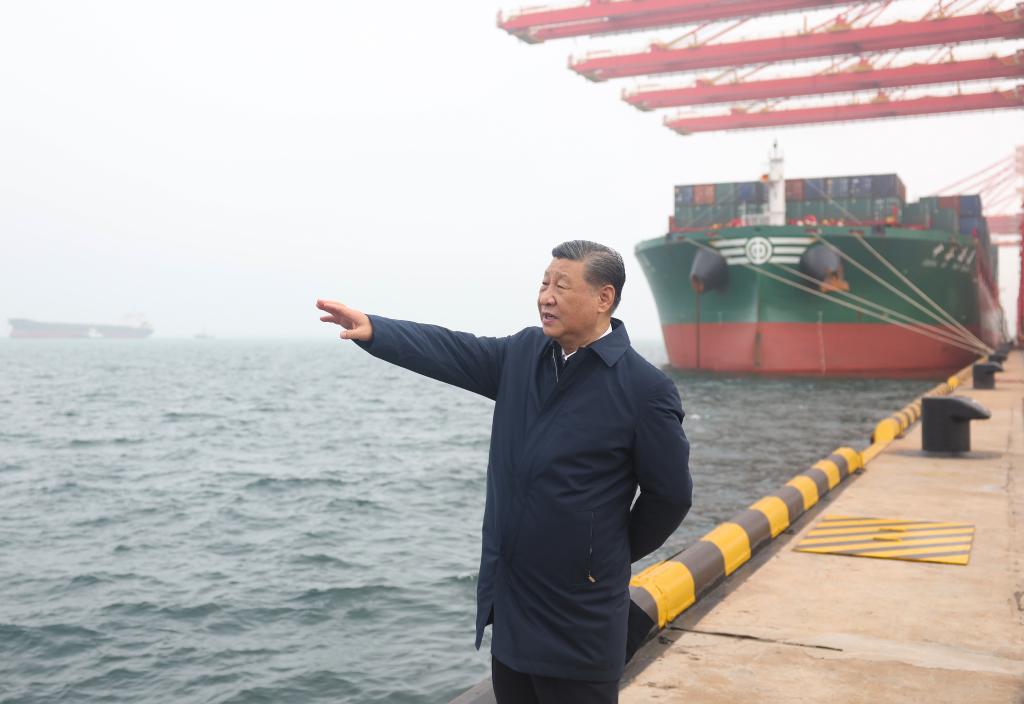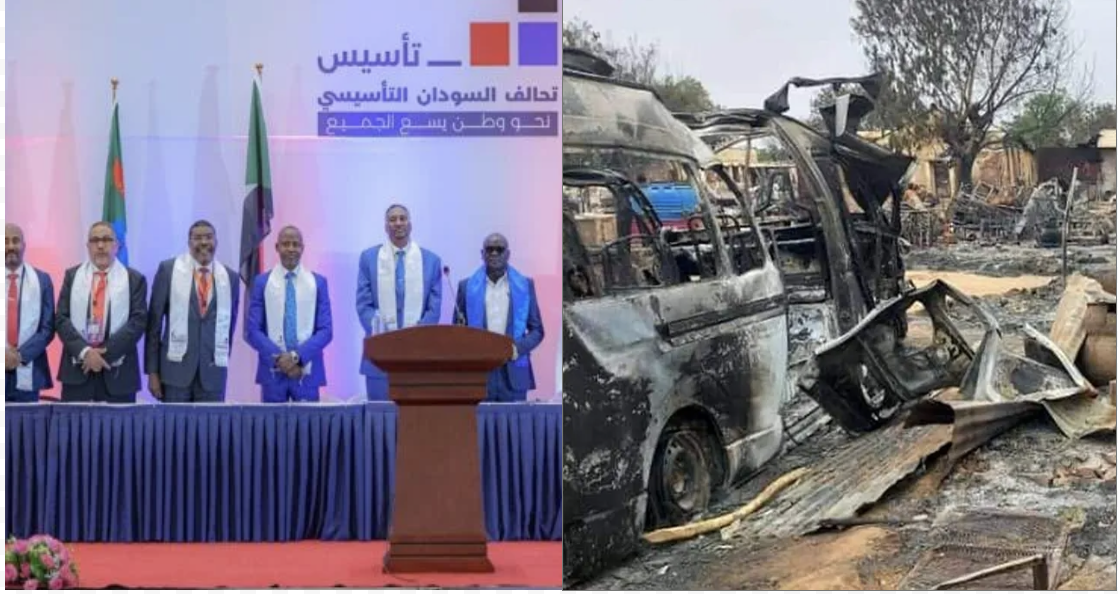
Strategy and Perspectives on Dokka Umarov’s Rapprochement with the Radicals
Strategy and Perspectives on Dokka Umarov’s Rapprochement with the Radicals
Dokka Umarov’s recent appointment of Supyan Abdullaev as the rebel vice-president highlights an increasing political shift within the Chechen insurgency whereby the secular wing is now accelerating its efforts to restore its broken ties with the radical wing of the separatist movement previously led by Shamil Basaev. Abdullaev, who is the main Chechen Salafi ideologist and was Shamil Basaev’s close ally and financial director (see his profile in Chechnya Weekly, March 29) has reemerged on the scene in Chechnya and is becoming a new figure within the separatist movement.
Little is known in the West about the origins, alignments, and friction between the secularists who were previously led by former Chechen President Aslan Maskhadov and the more radical wing of the movement now led by Supyan Abdullaev and his ally Movladi Udugov (the former Chechen Foreign Minister and current head of the news website Kavkaz-Center). However, Umarov’s appointment has puzzled many Chechnya-watchers in the West and few understand what prompted Umarov to undertake this shift in strategy as the separatist leader struggles to boost his influence and unite the various factions.
Umarov’s recent effort to rebuild ties to this wing of the resistance comes as the insurgency has been hard hit by the deaths of its leaders and the growing power of Akhmed Kadyrov and his pro-Moscow militia composed of former Chechen fighters and other miscreants of Chechen society. However, in order to understand how Supyan Abdullaev obtained this role, it is important to understand what has happened within Chechnya in the past fifteen years, particularly in terms of understanding the key players among the Chechen radicals and how the movement has evolved during this time.
Perestroika and the Rebirth of Islam in Chechnya
With perestroika came the rebirth of many long-forgotten elements of Soviet society. The renewed importance of Islam was felt in Chechnya, a region that never fully concealed its opposition to a regime that always saw the Chechens as enemies, unable to adapt to the demands of the Soviet ideological machine. While the Sufi brotherhoods, typical of 95% of Chechen society, accounted for most of this revival, there were also other completely different views. Such views, supported from the outside, deliberately opposed traditional Chechen social norms.
The late 1980’s saw the formation of secretive groups that wanted to discard traditional Sufi Islam and replace it with a purified form that imitated the life of the faithful during the time of the prophet Mohammad. Members of such groups came from extremely diverse backgrounds and included doctors, peasants, young men with criminal backgrounds, village doctors and the unemployed youth. The only unifying feature of such people was their desire to change Chechen society and its relationship with Islam, rather than any sort of social or regional association.
By 1987, such groups started to seek out contacts with similarly inclined organizations outside of Chechnya, primarily in Dagestan. Having already settled upon a unified version of their worldview, the decision was made to form an underground political organization. In 1988, special meetings occurred in many places, with the goal of creating local cells that would be part of a larger entity would include the entirety of the Soviet Union. During the same year, a group of men gathered on Khrustalev Street in Grozny and spoke of the need to work for the spread of the Salafite form of Islam. It should be remembered that all of this was happening when the Communist Party was the sole legal party of the USSR. Years later, the participants of this particular meeting became famous men in Chechnya and fought persistently against those established mores and traditions typical of Chechen society. They included Ahmed Mataev, Isa Umarov, Islam Khalimov, Abdul-Malik Medzhidov, Supian Abdullaev and Adam Deniev. Two important leaders emerged in neighboring Dagestan – the liberal Ahmed-kadi Akhtaev (a doctor by profession and an Avar by ethnicity) and the radical Magomed Kebedov, with Akhtaev being the overall leader until his death in 1998. Branch cells were also secretly established in Tajikistan, Uzbekistan, among the Astrakhan Tatars, and in Moscow.
The legally sanctioned formation of parties began after the 3rd Congress of People’s Deputies of the USSR (in March 1990) struck down the 6th article of the Soviet Constitution, thus permitting the existence of multiple parties within the country [1]. “The Islamic Renaissance Party” was founded as an all-Union party on June 9, 1990, with Dzhemal Geidar, a man famous for his radical and anti-Semitic views, as one of the founders representing the Moscow region. The first party congress occurred in Astrakhan and following the dissolution of the USSR, independent parties sprung up among the Muslim republics of the former Soviet Union. “The Islamic Renaissance Party of Russia” was registered in Dagestan and was led by Ahmed-kadi Akhtaev. As early as 1991, a local North Caucasian division of the party was created in Makhachkala [2]. Akhtaev’s deputy was Geidar Dzhemal (a Tatar), with Valiahmed Sadur (a representative of Tajikistan) being named to the post of press secretary. The party planned on having its members become part of the ruling organs of the country and the creation of a “Muslim Section” within the highest representative levels of the Soviet Union, and later, of Russia (the State Duma) [3].
Many of the early members of the party stood in firm opposition to the corrupt nature of the official Islamic clergy within the Soviet Union, since it was well known that permission to study at the Islamic institutions of the USSR could only be obtained by pledging to cooperate with the KGB. This led to the rapid early growth of the party, which numbered in the thousands within a few years of its creation. By 1991, party membership was estimated to be in the tens of thousands and 12,000 copies of a samizdat paper titled “Al-Vakhdat” (“Unity”) were being printed for distribution [4].
The Chechen cell of the party was headed by Ahmed Mataev, often simply called “Legless Ahmed,” who led the party for several years despite various attempts by other members to take over the leadership. One example of such a member was Adam Deniev. Having received a Muslim education from the famous and popular Chechen theologian Abbas Vachagaev in the village of Dzhalka, he had the theological background comparable to any contemporary scholar and became extremely popular in Chechnya in the late 1980s and early 1990s due to his oratorical skills. He was also the first to break his ties with the Wahhabis due to careerist considerations and later tried to rise to a place of leadership within the Sufi framework.
With the 1995 arrival in Chechnya of the colorful Sheikh Fathi the question of leadership became less important. The sheikh impressed everyone with his biography of the “eternal fighter against the faithless,” having fought in Afghanistan and Tajikistan. As a native of Jordan (from the town of Suveilah), he possessed a good theological knowledge and even had a European college education. Many were happy to have such a man in their midst, especially since he was an ethnic Chechen and was able to successfully compete with someone like Magomed Kebedov (the leader of the Dagestani radicals). It was Fathi’s arrival that started the creation of the dzhamaat groups in the republic. These groups became famous for refusing to be controlled by the authorities in any way and the way in which they were supplied and financed earned them the respect of many Chechen fighters. These reasons made the dzhamaats very popular with the younger men of the republic.
At roughly the same time, Khattab, a native of Saudi Arabia, arrived in the republic and started forming his famous military unit from those fighters that trickled into Chechnya from Turkey and the Middle East. Though he was frequently in agreement with Fathi, Khattab never saw himself as the sheikh’s underling. Early on in his time in the republic, Khattab acquired the patronage of Shamil Basaev, thus leaving the extreme radicals perennially unsure of Khattab’s backing, since the man always consulted his “blood brother” Basaev. Many have tried to equate the extreme radicals with Khattab, but this is incorrect, since it would be tantamount to declaring Basaev a radical as well. Shamil Basaev’s political views were predominantly nationalistic, and he always placed the issue of political independence above that of Islamic ideology [5].
The use of low-key propaganda “proper Islam” led the members of the Renaissance Party to eventually become the closest allies of Aslan Maskhadov. Islam Khalimov’s tenure as the post-war head of the Ministry of Internal Affairs (renamed as the “Ministry of Sharia Safety”) led to the almost complete infiltration of the ministry by members of the party. Khalimov was the minister, his close friend and relative Supian Abdullaev was his deputy, Abdul-Malik Medzhidov headed the office of incarceration and held the rank of deputy minister and another party member ran the financial wing. With Khalimov’s help, other members of the party moved up in the hierarchy, with Arbi Baraev becoming deputy minister of defense and Adbul-Wahab Hussainov assuming the position of minister of education. Even the infamous Movladi Udugov held the post of minister of foreign affairs for a short time.
Fathi’s policies seemed to be working quite well, but his early death in 1997 came as a serious blow to his followers. The young and ambitious Abdurahman al-Zarki, a Chechen from Zarka, Jordan was appointed as Fathi’s successor and his actions would nearly cause a military confrontation. The 1998 events in Gudermes led to the party’s exit from the government of the Chechen Republic of Ichkeria. It soon became opposed to the old leadership, with the espoused goals of removing Aslan Maskhadov from the post of president and establishing their own rule in the republic as a first step toward ruling the entirety of the North Caucasus.
Many people remain unaware that Shamil Basaev was actually the reason the radicals never directly attacked the government of Ichkeria (the incident in Gudermes should not be seen in this light). His continued efforts to remain as the leader in everything but the spilling of Chechen blood, as well as his known desire to remove Maskhadov via legal proceedings had a calming effect on the radicals. The main reason for their failure, however, was the fact that the Chechen people were no longer willing to tolerate their presence in society, making the murder of Maskhadov and an attempted takeover essentially impossible.
Though the Renaissance Party became the determined opposition to Maskhadov’s government, it failed to maintain its own internal unity and coherence. Part of the radicals, though holding Basaev in high esteem, still accepted Maskhadov as the overall leader during wartime, while a smaller group consisting of the party’s founders held on to their principles and stayed firmly in the opposition camp. These men repeatedly demanded that Maskhadov repeal his post-Gudermes decree declaring all radicals the enemies of Chechen society. This decree demanded the exile of all foreign leaders, including Abdurahman al-Zarki. It is notable that Khattab’s name was never mentioned, despite what many journalists and investigators have later claimed, since Khattab quickly distanced himself from politics and refused to back either side in the conflict.
Neither Aslan Maskhadov nor Abdul-Khalim Sadulaev bowed to radical pressure and the order was not repealed. Neither one of these men needed the help of Abdul-Malik Medzhidov, since they did not see him as a viable force of any kind. In stark contrast, the current leader of the Chechen resistance movement has recently declared this order null and void (“Order #135, regarding the Sharia Guards”), thus blaming the Gudermes incident entirely upon Sulim Yamadaev and whitewashing the radicals [6].
It is obvious that unlike his predecessors, Dokka Umarov is not as confident of himself, and seeks to garner the support of those radicals that are willing to return from their near-retirement and once more bring about an explosion of radicalism within Chechen society. The recent order goes a long way toward explaining why Supian Abdullaev, a man long connected with the radicals, has been recently appointed to the position of vice-president.
Today, most of the radical leaders – Movladi Udugov, Islam Khalimov, Isa Umarov, Abdul-Malik Medzhidov and Abdul-Wahab Hussainov – have all left Chechnya and reside in the countries of the Middle East. The only real remaining radical is now a vice-president. This might be an attempt to use the radicals as a way of influencing the dzhamaats, since the death of Shamil Basaev left these groups bereft of a single leader. Overall, the radicals have less influence today than they did in the 1990s. Yet, their presence can still be used to stir up a large part of society, making them a potentially important factor in the region.
Notes
1. Malashenko, A.V., Rossia i islamskii faktor (Russia and the Islamic Factor), Moscow, 1997, p. 22.
2. See: www.fonsk.ru/article.php?id=480, December 24, 2006.
3. www.islam.ru. See “Muslim parties and movements.”
4. “Panorama.” N1 (31), April 1992.
5. See for example Andrei Babitskii’s interview with Shamil Basaev, August 17, 2005.
6. www.daymohk.org/cgi-bin/orsi3/index.cgi?id=31288;section=1.


